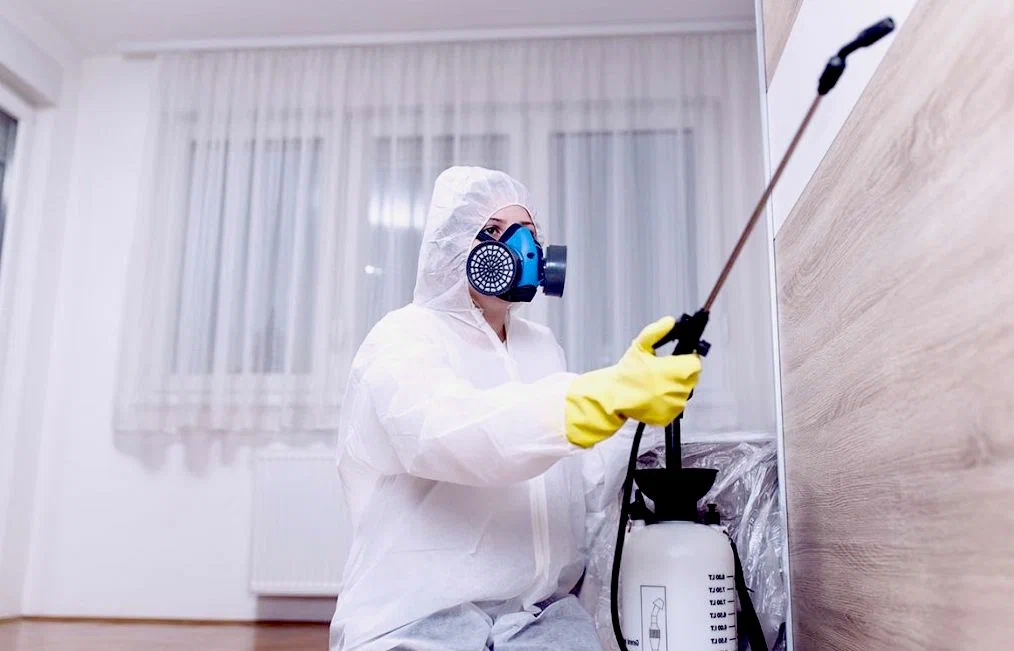Renovating your home is an exciting journey—one filled with creativity, vision, and the promise of an improved lifestyle. However, if you’re planning home renovations in Melbourne’s Eastern Suburbs, there are several things you need to understand before getting started. This part of the city is known for its leafy streets, established homes, and family-friendly neighbourhoods, but it also comes with unique challenges and opportunities when it comes to home improvements.
Whether you’re upgrading your kitchen, adding a new extension, or doing a complete overhaul, here’s what you need to know to make your renovation a success in the Eastern Suburbs of Melbourne.
1. Understand Local Council Regulations
The first step in any renovation project is to become familiar with your local council’s planning and building regulations. The Eastern Suburbs include a range of local councils—like Boroondara, Whitehorse, Manningham, and Monash—each with their own planning schemes, overlays, and rules.
Some areas, particularly older suburbs like Camberwell, Surrey Hills, or Balwyn, have heritage overlays that may restrict the kind of renovations you can do. These overlays often control the appearance of your home’s facade, the materials you can use, and whether you can demolish parts of the existing structure.
Before you even engage a designer or builder, it’s wise to:
-
Check with your local council for zoning and overlay information
-
Determine if you need a planning permit
-
Engage a town planner or architect with experience in the region
2. Know the Character of the Neighbourhood
Home renovations aren’t just about improving your home—they’re also about maintaining or enhancing the overall feel of the neighbourhood. Buyers and residents alike value the consistent streetscapes, period charm, and greenery that characterise these suburbs.
When planning your renovation, consider:
-
Keeping your design sympathetic to the architectural style of the area
-
Using materials that match or complement surrounding homes
-
Preserving trees and gardens where possible
Renovations that respect the neighbourhood aesthetic often add more value in the long term.
3. Budget for Quality
Renovating in Melbourne’s Eastern Suburbs often means working with homes built in the early to mid-20th century. These homes are full of character, but they can hide issues like outdated wiring, asbestos, poor insulation, and old plumbing systems. These factors can significantly affect your budget.
Here’s how to stay prepared:
-
Get a thorough building inspection before planning your renovation
-
Allow for a contingency budget—typically 10–20%—for unexpected issues
-
Choose experienced builders who specialise in older homes
Trying to cut corners can end up costing more in the long run. Instead, invest in durable finishes, high-quality trades, and long-term solutions that enhance comfort and efficiency.
4. Think Long-Term and Add Value
One of the major motivations for home renovations in Melbourne Eastern Suburbs is to increase property value. With real estate prices in suburbs like Glen Iris, Blackburn, and Box Hill showing consistent growth, strategic renovations can deliver solid returns.
Focus on improvements that:
-
Add usable space (think open-plan living, extra bathrooms, or additional bedrooms)
-
Improve energy efficiency and sustainability (solar panels, insulation, double glazing)
-
Enhance street appeal and natural light
It’s also worth considering the demographics of your suburb. If you’re in a family-oriented area, adding a second living area or outdoor entertaining space could be a big drawcard for future buyers.
5. Choose the Right Builder or Renovation Specialist
The success of your renovation largely hinges on the people you choose to work with. It’s essential to partner with builders and designers who understand the specific demands of the Eastern Suburbs market.
When choosing a contractor:
-
Look for professionals with a strong track record in the area
-
Ask for references and view past projects
-
Check licensing and insurance credentials
-
Make sure they are familiar with local council requirements
A good renovation partner will guide you through the process, help you manage timelines, and avoid common pitfalls.
6. Timing and Disruption
Renovating can be disruptive—especially if you’re living in the home during the process. Weather, trade availability, and permit approvals can all affect your timeline.
Some tips for managing your project include:
-
Plan your renovation to avoid peak holiday periods or winter months (if possible)
-
Set realistic expectations for how long it will take
-
Consider temporary accommodation if the project is extensive
Good communication between you and your builder is key to staying on track.
7. Sustainability and Energy Efficiency
Modern renovations in the Eastern Suburbs are increasingly focused on sustainability. Given Australia’s growing emphasis on energy-efficient homes, it makes sense to incorporate eco-conscious design from the start.
Ideas to consider include:
-
Installing energy-efficient lighting and appliances
-
Upgrading insulation and sealing gaps
-
Adding rainwater tanks and greywater systems
-
Choosing sustainable materials like bamboo, recycled timber, or low-VOC paints
Not only will this reduce your ongoing energy bills, but it will also make your home more attractive to environmentally conscious buyers in the future.
Final Thoughts
There’s no one-size-fits-all approach to home renovations in Melbourne Eastern Suburbs. Each home and neighbourhood brings its own set of considerations. The key is to plan ahead, do your research, and work with experts who understand the local context. With the right preparation and team behind you, your renovation can enhance both your lifestyle and your property’s value for years to come.
Whether you’re breathing new life into a classic Victorian in Hawthorn or modernising a 1970s brick veneer in Doncaster, the Eastern Suburbs offer a unique opportunity to blend charm, comfort, and contemporary living.


